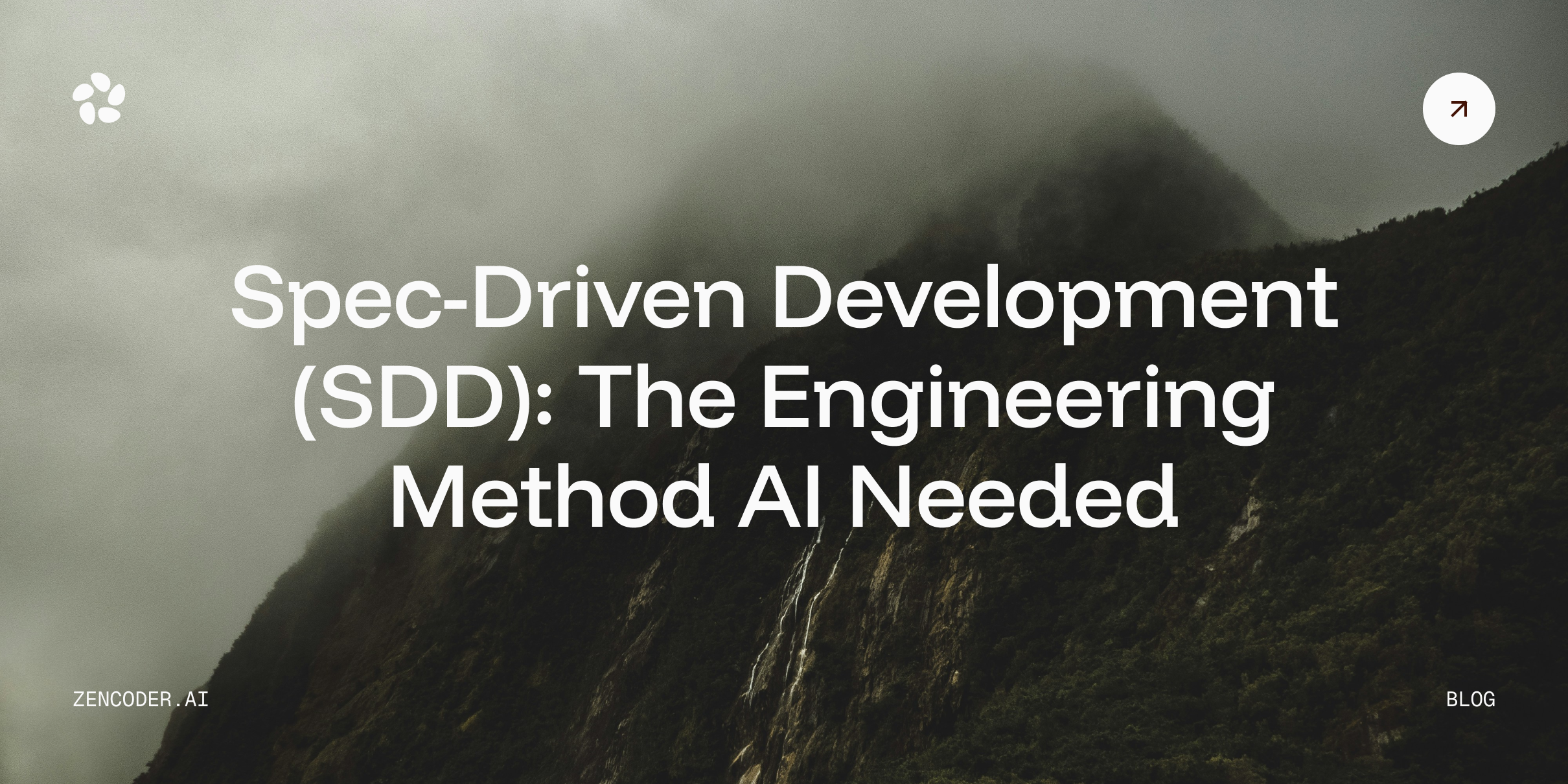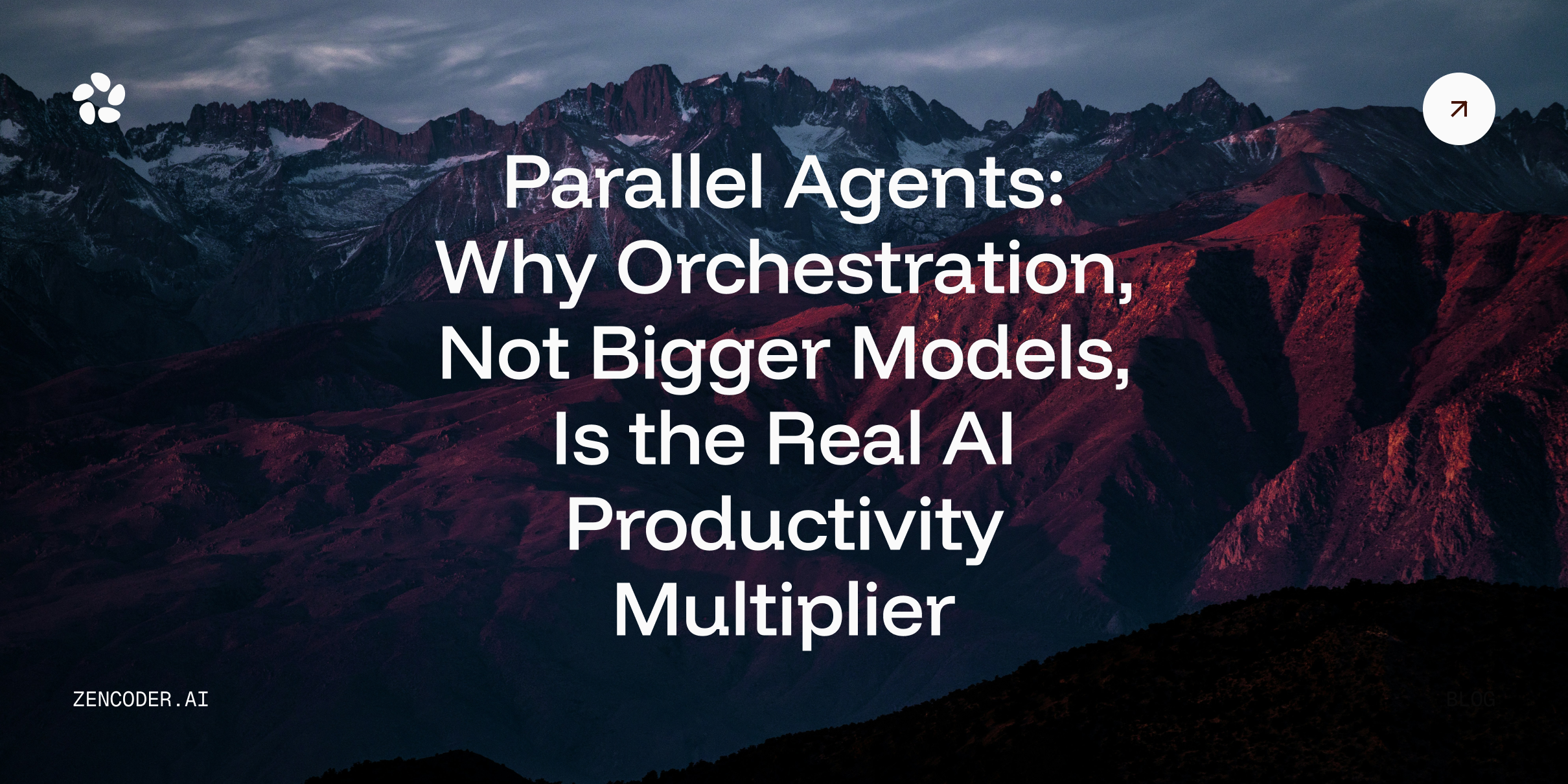Introduction
Whether you're a seasoned pro or just starting your journey in the world of software development, I'm sure you've heard the age-old advice: "Document your code!" Three loaded words along the lines of ‘Eat your vegetables’ – we all know it’s essential, but isn’t always exciting. While you’ll have to spice up your own vegetables, we’re here to discuss how AI can spice up code documentation for you. We’re talking about automated docstrings, and how they're changing the documentation game across industries.
In this article, we'll dive deep into the world of automated docstring generation, exploring how it's transforming the way we approach code documentation. We'll look at its applications in various areas, from web development to data science, and discuss the benefits and considerations of embracing this technology. So, brace yourself as we jump into the organized world of automated documentation!
The Importance of Code Documentation
Before we jump into the AI-powered future, let's take a moment to remind ourselves why code documentation is so crucial in the first place.
Benefits of Code Maintainability
Imagine you're an archaeologist, but instead of digging up ancient artifacts, you're sifting through lines of code written months or even years ago. Without proper documentation, it feels like digging in the dark not knowing what to look for. Good documentation acts as a flashlight; your code's personal tour guide, explaining the what, why, and how of your codebase.
Maintainable code is like a well-organized closet – it's easy to find what you need, and you don't have to spend hours untangling a mess of spaghetti code. Proper documentation helps you quickly understand the purpose and functionality of different components, making it easier to fix bugs, add features, or refactor code without introducing new issues.
Improved Collaboration and Knowledge Sharing
In the fast-paced world of software development, team members come and go, but the code remains.
Documentation serves as a knowledge bridge, allowing new team members to get up to speed quickly and ensuring that critical information isn't lost when someone leaves the project.
Think of documentation as your team's collective memory. It captures the reasoning behind design decisions, explains complex algorithms, and outlines the overall architecture of your system. This shared knowledge base fosters better collaboration, reduces misunderstandings, and ultimately leads to more efficient and effective development processes.
Challenges of Manual Docstring Writing
Now, we all know that documentation is important, so why isn't every piece of code beautifully documented? Let's look at some of the hurdles that make manual docstring writing a pain point for many developers.
Time-Consuming and Repetitive Task
Writing documentation can feel like filing your annual taxes– it's necessary but not exactly thrilling. When you're in the zone, cranking out code and solving complex problems, stopping to write detailed docstrings can break your flow and slow down development.
Moreover, as code evolves, documentation needs to be updated constantly. This ongoing maintenance can become a significant time sink, especially for large projects with multiple contributors.
Inconsistency and Incomplete Documentation
Let's face it – we're human, and humans are inconsistent. When documentation is written manually by different team members, you often end up with a mishmash of styles, formats, and levels of detail. Some functions might have novel-length descriptions, while others have cryptic one-liners (or nothing at all).
Incomplete documentation is another common issue. In the rush to meet deadlines or ship features, documentation often takes a back seat. This leads to gaps in knowledge that can cause headaches down the line when trying to understand or modify the code.
What Are Automated Docstrings?
Automated docstring generators leverage artificial intelligence and code analysis techniques to create documentation automatically. They examine your code's structure, variable names, function signatures, and existing comments to generate clear, consistent, and relevant docstrings.
These tools can produce documentation that includes:
- Function and method descriptions
- Parameter explanations
- Return value details
- Usage examples
- Type hints
- Exception information
The best part? They do this in real-time as you code, or can be run as part of your build process to ensure your documentation stays up-to-date with your codebase.
How Different Use Cases Benefit from Automated Docstring Generation
Now that we understand what automated docstrings are, let's explore how they're making waves across various industries. From web development to game design, AI-powered documentation is changing the way teams work and collaborate.
Web Development: Building Better Interfaces
In web development, things change fast. New frameworks and libraries pop up all the time, making it hard to keep documentation up-to-date. This is where automated docstrings really shine, especially for frontend developers working with popular frameworks like React, Vue, or Angular.
Let's take React as an example. When you're building a website with React, you create lots of small, reusable pieces called components. Each component might have its own set of properties, internal state, and functions. Keeping track of all these details can be overwhelming.
An AI-powered docstring generator can look at your React component and automatically create documentation that explains:
- What properties (props) the component accepts and what type of data each prop should be
- What internal state variables the component uses
- When certain functions in the component's lifecycle are called (like when it first appears on the screen or when it updates)
- What happens when users interact with the component (like clicking a button)
- How the component decides what to show on the screen
This automatic documentation is like having a personal assistant who writes down everything important about each component. It helps developers understand how to use these components quickly, which means they can build websites faster and with fewer mistakes.
Mobile App Development: Streamlining Cross-Platform Documentation
A custom mobile app development company often has to create apps that work on both iPhones (iOS) and Android phones. This can be tricky because these two systems work differently and have their own set of rules and best practices.
Automated docstrings can help by creating consistent documentation for both platforms. Let's say you're using Flutter, a popular tool for building apps that work on both iOS and Android.
An automated docstring tool for Flutter might generate documentation that includes:
- Descriptions of the building blocks of your app's interface (called widgets in Flutter)
- Explanations of how your app manages and updates its data (state management)
- Notes about code that's specific to iOS or Android
- Examples of how your app might look on different types of devices (like phones vs. tablets)
This kind of documentation is like having a detailed map of your app that works for both iOS and Android. It helps developers switch between working on different platforms more easily and understand how the app behaves on each type of device.
Software Development: Tackling Complex Systems
When you're working on a big software project, it can be like trying to understand a huge, complicated machine with lots of moving parts. Automated docstring generation can help by creating a bird's-eye view of the whole system.
These AI-powered tools can look at all the code in your project and automatically create:
- Maps showing how different parts of the code are connected and depend on each other
- Diagrams that show the overall structure of your software
- Lists of all the ways other programs can interact with your software (API endpoints)
- Descriptions of how data flows through your system
This is like having an automatically updated guidebook for your entire software project. It helps developers understand how everything fits together, which makes it easier to make changes or add new features without breaking things.
Data Science Projects: Documenting the Data Journey
Data scientists work with lots of complex math and huge amounts of data. They often create long chains of steps to process and analyze this data. Automated docstrings can help document this entire process.
For a typical data science project, an AI-powered docstring generator might create documentation that explains:
- What kind of data you're working with and how it's organized
- The steps taken to clean up and prepare the data for analysis
- How the mathematical models used in the project are set up
- What settings (hyperparameters) are used to fine-tune these models
- How the results of the analysis are measured and evaluated
This documentation is like having a detailed recipe book for your data analysis. It helps other data scientists understand exactly what you did and why, which is crucial for reproducing results or building on your work.
Game Development: Keeping Up with Dynamic Environments
Making video games involves creating complex virtual worlds with lots of interacting parts. Automated docstrings can help document all these moving pieces.
For a game made with a popular engine like Unity, automated documentation might include:
- Explanations of the different components that make up game objects
- Descriptions of how the game world is organized
- Information about what art assets (like 3D models or textures) are used and where
- Tips on how to make the game run smoothly (performance optimization)
- Details about how the game communicates over the internet for multiplayer features
This kind of documentation is like having an automatically updated manual for your game's inner workings. It helps large teams of developers work together more effectively and makes it easier for new team members to understand how everything works.
API Development: Bridging the Communication Gap
APIs are like the language that different software programs use to talk to each other. When you're building an API, it's crucial that other developers understand how to use it correctly.
An AI-powered tool for documenting APIs can analyze your code and generate:
- Clear descriptions of each endpoint (the different ways other programs can interact with your API)
- Explanations of what information needs to be sent to the API and what will be sent back
- Details about how to prove you have permission to use the API (authentication)
- Information about how often the API can be used (rate limiting)
- Notes about different versions of the API
This automated documentation is like having a constantly updated instruction manual for your API. It helps other developers understand exactly how to use your API correctly, which reduces confusion and the number of support questions you'll need to answer.
By automating the creation of this documentation, you ensure that it always matches the current version of your API, making life easier for both you and the developers using your API.
Benefits and Considerations
Now that we've explored how automated docstrings are being applied across industries, let's take a closer look at the benefits and considerations of adopting this technology.
Increased Developer Productivity
One of the most significant advantages of automated docstring generation is the time it saves developers. Instead of context-switching between coding and documentation, developers can focus on writing high-quality code while the AI handles the documentation in real-time.
This increased productivity isn't just about saving time – it also leads to more consistent and comprehensive documentation. When documentation is no longer seen as a burdensome task, developers are more likely to keep it up-to-date and relevant.
Improved Code Quality and Maintainability
Automated docstrings contribute to better code quality in several ways:
- Consistency: AI-generated docstrings follow a consistent format and style, making the codebase easier to read and understand.
- Completeness: Automated tools can identify undocumented elements and prompt developers to fill in missing information.
- Real-time feedback: Some tools provide immediate feedback on code quality based on the generated documentation, encouraging developers to write cleaner, more self-explanatory code.
- Reduced technical debt: By making documentation an integral part of the development process, automated docstrings help prevent the accumulation of technical debt that often results from poorly documented code.
Improved Developer Onboarding
For new team members, diving into an unfamiliar codebase can be daunting. Automated docstrings act as a built-in onboarding tool, providing clear explanations of code functionality and structure.
This comprehensive documentation allows new developers to:
- Quickly understand the overall architecture
- Identify key components and their interactions
- Learn project-specific conventions and patterns
- Start contributing meaningful code sooner
The result is a smoother onboarding process and faster time-to-productivity for new team members.
Potential Limitations and Human Oversight
While automated docstring generation offers numerous benefits, it's important to consider its limitations:
- Context understanding: AI tools may not fully grasp the higher-level context or business logic behind certain code decisions. Human oversight is still necessary to ensure that the generated documentation accurately reflects the code's purpose and constraints.
- Natural language quality: While AI-generated text has improved dramatically, it may sometimes produce awkward or unclear phrasing. Human review and editing may be needed to refine the documentation for clarity and readability.
- Complex algorithms: For highly specialized or complex algorithms, AI-generated documentation may not capture all the nuances. In these cases, human expertise is crucial for providing in-depth explanations and rationale.
- Overreliance on automation: There's a risk that developers might become overly dependent on automated tools, leading to a decrease in their own documentation skills or a lack of critical thinking about what needs to be documented.
To mitigate these limitations, it's essential to view automated docstring generation as a powerful tool that enhances, rather than replaces, human expertise. A hybrid approach that combines AI-generated documentation with human review and supplementation often yields the best results.
Conclusion
As we've explored in this article, automated docstring generation is revolutionizing the way industries approach code documentation. From web development to game design, AI-powered tools are helping teams create more comprehensive, consistent, and up-to-date documentation with less effort.
The benefits are clear: increased developer productivity, improved code quality and maintainability, and smoother onboarding processes. However, it's important to approach this technology with a balanced perspective, recognizing its limitations and the continued importance of human oversight.
As AI continues to evolve, we can expect automated docstring generation to become even more sophisticated, perhaps one day understanding complex algorithms and business logic as well as human experts. Until then, the key to success lies in leveraging these tools effectively while still applying our human creativity and domain knowledge to create truly outstanding documentation.
So, fellow developers, embrace the power of automated docstrings, but don't hang up your documentation hats just yet. The future of code documentation is a collaborative effort between human and machine, and together, we can create codebases that are not just functional, but truly comprehensible and maintainable for years to come.
Now, go forth and let your code speak for itself – with a little help from our AI friends.




